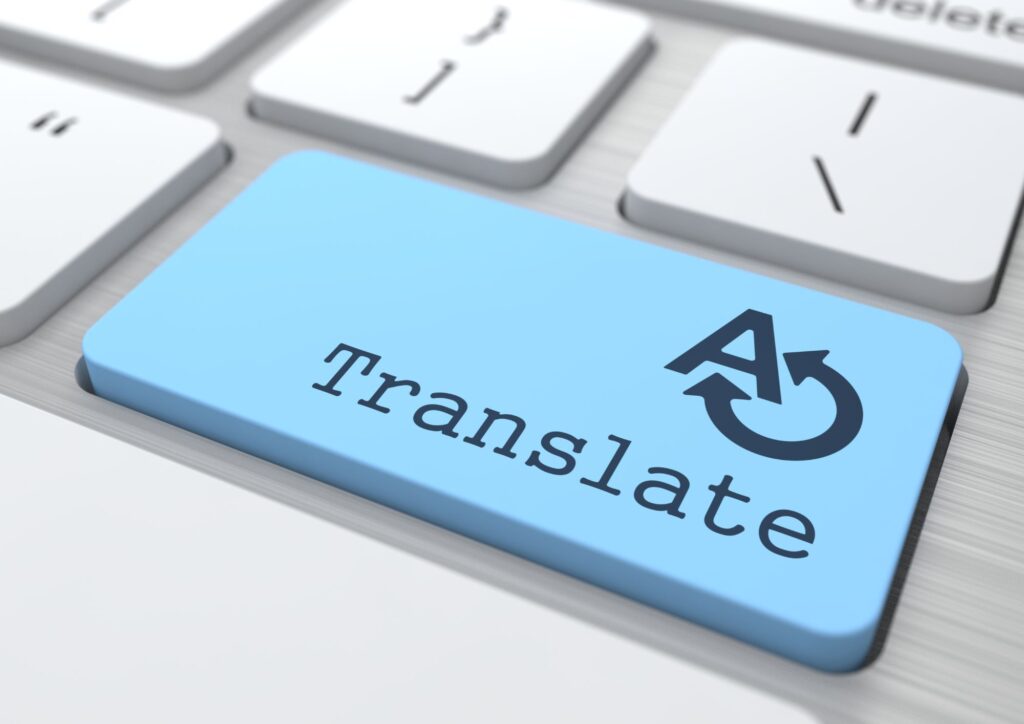Assegurant claredat i precisió en la comunicació tècnica
En l'àmbit de la comunicació tècnica, on la precisió i la claredat són primordials, mantenir la coherència terminològica no és només una bona pràctica sinó una necessitat.
Tant si traduïu manuals d'usuari, especificacions tècniques o instruccions de seguretat, l'adhesió a una terminologia estandarditzada garanteix que la informació es transmeti de manera precisa i comprensible.
Aquí és on serveis de traducció tècnica tenen un paper crucial, assegurant que la precisió lingüística i tècnica s'alineen perfectament entre plataformes multilingües.

Per què és important la coherència terminològica
Els documents tècnics solen ser molt detallats i són públics objectiu que depenen d'ells per obtenir instruccions o directrius específiques. Les ambigüitats en la terminologia poden provocar errors costosos, una seguretat compromesa i una disminució de la confiança de l'usuari. Per exemple, una traducció inconsistent d'un terme crític en un manual d'enginyeria podria provocar errors de muntatge, mentre que la variació de termes en la documentació del dispositiu mèdic podria posar en perill la seguretat del pacient.
La coherència en la terminologia dels materials tècnics és essencial per a:
- Claredat: Assegura que el lector entén el contingut sense confusió ni interpretació errònia.
- Eficiència: estalvia temps durant la producció, la revisió i l'ús, ja que els termes estàndard eliminen la necessitat de verificació creuada.
- Professionalitat: Reflecteix el compromís de l'empresa amb la qualitat i el detall, generant confiança entre els grups d'interès.
En aquest context, serveis de traducció tècnica ha de prioritzar la uniformitat terminològica per mantenir la integritat del document en la llengua d'arribada.
Reptes per mantenir la coherència
Aconseguir la coherència no està exempt de reptes, especialment en camps tècnics on els termes sovint es superposen o evolucionen. Els traductors han de navegar per:
- Argot específic del camp: Sovint, els documents tècnics inclouen terminologia especialitzada que pot no tenir equivalents directes en la llengua d'arribada.
- Preferències del client: Diferents empreses poden utilitzar termes propis o preferir frases específiques.
- Variabilitat del document: els grans projectes sovint impliquen diversos documents, per la qual cosa és crucial alinear la terminologia a tots els textos.
Sense un marc sòlid per gestionar la terminologia, les inconsistències poden sorgir fàcilment, perjudicant l'eficàcia del contingut traduït. Per això serveis de traducció tècnica emprar enfocaments sistemàtics per manejar la terminologia de manera eficaç.

Eines i estratègies per a la coherència terminològica
Per garantir traduccions coherents i precises, els traductors professionals utilitzen diverses eines i metodologies:
1. Bases de dades terminologiques
Els glossaris i les bases de dades terminològiques serveixen com a repositoris centralitzats de termes aprovats. Aquestes eines permeten als traductors fer referència i aplicar els termes correctes de manera coherent a tots els documents.
2. Sistemes de memòria de traducció (TMS)
Les eines de TMS emmagatzemen segments traduïts anteriorment, cosa que permet als traductors reutilitzar frases coherents en traduccions noves. Això no només millora la consistència, sinó que també millora l'eficiència i redueix els costos.
3. Col·laboració amb experts en la matèria (pimes)
Els traductors sovint consulten amb les pimes per aclarir conceptes tècnics i confirmar la terminologia adequada. Aquesta col·laboració garanteix que la traducció s'alinea amb els estàndards de la indústria i els requisits del client.
4. Guies d'estil
Els clients sovint proporcionen guies d'estil que descriuen preferències específiques per a la terminologia i el to. L'adhesió a aquestes guies garanteix que la traducció compleixi les expectatives del client.
Mitjançant aquests mètodes, serveis de traducció tècnica mantenir els estàndards més alts de precisió i coherència, independentment de la complexitat del projecte.
El paper del traductor en la coherència terminològica
El paper del traductor va més enllà de la fluïdesa lingüística per incloure una comprensió profunda de la matèria tècnica. Els traductors han de:
- Investiga a fons: familiaritzar-se amb els termes específics de la indústria i el context en què s'utilitzen.
- Adaptar la terminologia: Assegureu-vos que els termes siguin culturalment i lingüísticament adequats per al públic objectiu.
- Revisa amb diligència: Comproveu les traduccions amb els materials font i els recursos terminològics per detectar incoherències.
En prioritzar la coherència, els traductors contribueixen a la precisió, la fiabilitat i la usabilitat dels documents tècnics. L'expertesa de serveis de traducció tècnica és fonamental per assolir aquest objectiu.

La coherència terminològica és la pedra angular de la traducció tècnica eficaç. Protegeix la claredat, garanteix el compliment i manté la integritat dels documents tècnics en un context multilingüe.
L'experiència del professional serveis de traducció tècnica és indispensable per navegar per les complexitats de la terminologia tècnica, oferint traduccions precises que ressonin amb el públic al qual va dirigir.
En el món de gran risc de la comunicació tècnica, on la precisió pot significar la diferència entre l'èxit i el fracàs, prioritzar la coherència no és només un avantatge, és una obligació.
Ja sigui mitjançant una investigació meticulosa, eines de traducció avançades o la col·laboració amb experts, els traductors asseguren que el contingut tècnic compleix els estàndards més alts de claredat i fiabilitat.


